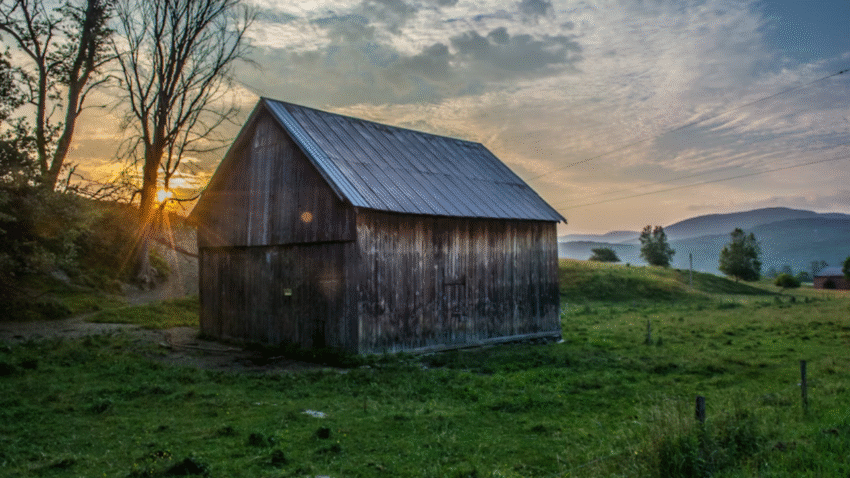Introduction
Live in an area with harsh winters? Learning how to protect a shed roof from heavy snow is essential to prevent collapse, leaks, and costly repairs. Snow accumulation can put a huge strain on a shed roof, especially if it isn’t built for heavy loads. With the right precautions, you can keep your shed safe all winter long.
Why Protecting Your Shed Roof Matters
Heavy snow can add hundreds of kilos of weight to your shed roof. Over time, this stress can cause sagging, leaks, and even structural failure. Melting snow also increases the risk of water damage, ice dams, and rot. By reinforcing and maintaining your shed roof, you’ll extend its lifespan and ensure your belongings stay safe and dry.
Step-by-Step Guide to Protecting a Shed Roof from Heavy Snow
1. Inspect the Roof Before Winter
Check for missing shingles, cracks, or loose panels. Repair any damage immediately—weak spots are the first to fail under snow load.
2. Reinforce Roof Structure
If your shed has a flat or shallow roof, consider adding extra rafters or bracing for more support. Stronger framing helps the roof handle heavy snow without collapsing.
3. Install a Steeper Roof Pitch (Optional)
Sheds with steeper roofs shed snow more easily. If you’re building a new shed or re-roofing, choose a pitch of at least 30 degrees for snowy areas.
4. Use Durable Roofing Materials
Metal roofing is ideal for snowy climates—it’s smooth, so snow slides off more easily. Asphalt shingles work too but require regular maintenance.
5. Add Snow Guards for Metal Roofs
Snow guards prevent large sheets of snow from sliding off suddenly, which can damage gutters or injure someone nearby.
6. Clear Snow Regularly
Use a roof rake with a long handle to remove snow after heavy storms. Focus on clearing the edges first to reduce load gradually.
7. Prevent Ice Dams
Insulate and ventilate the shed roof properly. Ice dams form when heat inside melts snow, which then refreezes at the edges, trapping water.
8. Strengthen Gutters and Downspouts
Heavy snow and ice can rip gutters off the shed. Make sure gutters are firmly attached and clear of debris before winter.
9. Monitor Roof Load During Winter
If snow piles up faster than you can remove it, keep an eye out for sagging, cracking sounds, or leaks—these are signs of dangerous stress.
Common Mistakes to Avoid
- Waiting Until Winter to Reinforce the Roof
Solution: Perform all maintenance and reinforcement before snow season. - Letting Snow Accumulate Too Long
Solution: Remove snow regularly to prevent dangerous weight buildup. - Using Metal Shovels on Roofs
Solution: Use a plastic roof rake to avoid damaging shingles or panels. - Neglecting Insulation and Ventilation
Solution: Proper airflow prevents ice dams and moisture damage inside the shed. - Ignoring Gutter Maintenance
Solution: Keep gutters clean and secure to handle melting snow.
Extra Shed Tips & Hacks
- Add Roof Heat Cables: Prevents ice buildup in extremely cold climates.
- Install a Vapor Barrier: Helps reduce interior condensation that can lead to rot.
- Repaint or Seal Wooden Roofs: Extra protection against moisture damage.
For more winter prep, check out our guide on how to anchor your shed in high winds.
Conclusion
Protecting your shed roof from heavy snow is all about preparation and maintenance. By reinforcing the structure, clearing snow regularly, and preventing ice dams, you’ll keep your shed safe through even the harshest winters.
A strong, well-maintained roof not only lasts longer but also ensures your belongings stay protected from the elements.
Bookmark this guide to keep your shed safe and sound all winter long!
